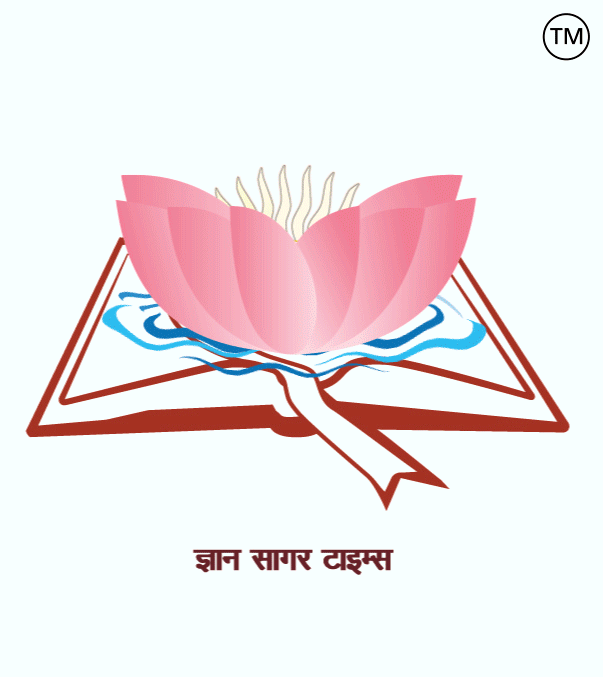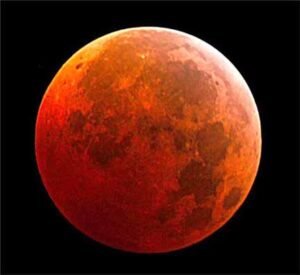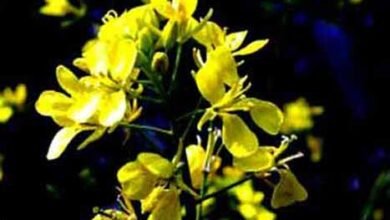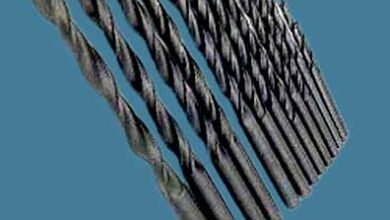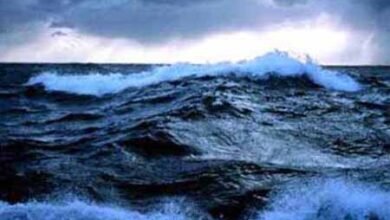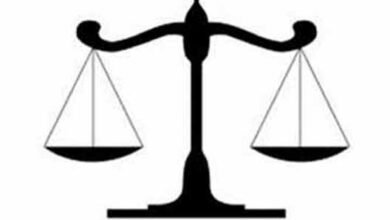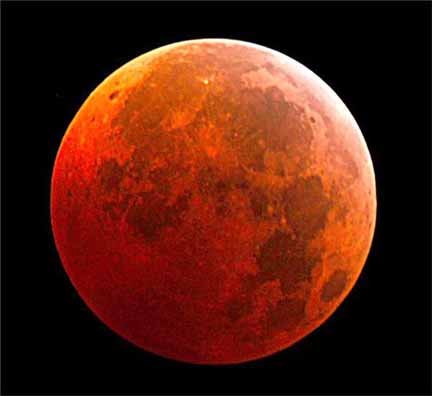
Related to Geography -194.
|
1. Who first used the word ‘geography’ to describe the earth? = Eratosthenes. 2. Who wrote the book Metrologia? = Aristotle. 3. Who is the author of the famous geographical book ‘Kitab-ul-Hind’? = Al-Beruni. 4. The instrument used to measure area on maps is called? = Planimeter. 5. Equator is? = An imaginary line through the middle of the Earth which divides the Earth into two equal parts, the Northern and Southern Hemispheres. 6. What is the equatorial diameter of the Earth? = 12,756 kilometres (7,926 miles). 7. How much is the Earth’s polar diameter less than its equatorial diameter? = 43 kilometres less. 8. Which scientist first used the term ‘troposphere’? = Leon Tesserenc de Bort (French meteorologist). 9. In radio communication, where do the signals emitted by the transmitting antenna get reflected? = In the ionosphere. 10. Who propounded the plate tectonics theory? = Harry Hess and Robert Dietz. 11. What is the lagoon that develops between a coastal coral wall and a landmass called? = Barrier Reef Lagoon. 12. Who has propounded the glacial control theory related to the origin of coral reefs? = Reginald Aldworth Daly. 13. What is the solar radiation that returns from the Earth called? = Terrestrial Radiation or Earth Radiation. 14. What is the instrument that measures the intensity of sun rays called? = Pyranometer or Pyrheliometer. 15. Which planet is between the Sun and Earth? = Mercury and Venus. 16. When the Sun, Moon and Earth are located in almost the same straight line, what is that situation called? = It is called syzygy. 17. What is the time difference between daily tides? = 24 hours and 50 minutes. 18. The wave produced during the tide is called? = Tidal wave. 19. In which form of waves does the sunlight reach the Earth? = Shortwave radiation. 20. What is the maximum distance between the Sun and the Earth? = About 152.1 million kilometres (94.5 million miles). 21. Due to which motion is there day and night on the earth? = Rotational motion. 22. When is the sun visible at midnight in Norway? = From mid-May to the end of July, the sun is visible even at midnight. 23. What is the group of small pieces of rock revolving around the Sun between the orbits of Mars and Jupiter called? = Asteroid Belt. 24. After the Sun, the nearest star to the Earth is? = Proxima Centauri. 25. Which instrument is used to measure relative humidity in air? = Hygrometer. 26. What is the line that joins the places where earthquakes occur at the same time called? = Isoseismal line or Homoseismal line. 27. Comet Schumacher-Levy-9 collided with which planet? = It collided with Jupiter. 28. What is the liquid rock beneath the surface of the Earth called? = Magma. 29. Who has propounded the elastic rebound theory related to the origin of earthquakes? = Harry Fielding Reed. 30. Which type of rain occurs with lightning and thunder? = It is called Convective Rainfall or Thunderstorm Rain. =========== ================= =========== भूगोल से संबंधित-194.
1. पृथ्वी के वर्णन के लिए सर्वप्रथम ‘ज्योग्राफी’ शब्द का प्रयोग किसने किया था? = एराटोस्थनीज. 2. मेटरोलोजिया नामक पुस्तक की रचना किसने की? = अरस्तू. 3. प्रसिद्ध भौगोलिक ग्रन्थ ‘किताब-उल-हिन्द’ के लेखक कौन हैं? = अल-बेरुनी. 4. नक्शों पर क्षेत्रफल मापने के लिए प्रयुक्त यंत्र को कहा जाता हैं? = प्लैनीमीटर. 5. विषुवत रेखा है? = पृथ्वी के बीचों-बीच एक काल्पनिक रेखा है जो पृथ्वी को दो बराबर भागों में, उत्तरी और दक्षिणी गोलार्ध में विभाजित करती है. 6. पृथ्वी का विषुवतीय व्यास कितना है? = 12,756 किलोमीटर (7,926 मील). 7. पृथ्वी का ध्रुवीय व्यास उसके विषुवतीय व्यास से कितना कम है? = 43 किलोमीटर कम है. 8. ‘क्षोभमण्डल’ शब्द किस वैज्ञानिक ने सबसे पहले प्रयोग किया था? = लियोन टेसेरेन्क डी बोर्ट (फ्रांसीसी मौसम विज्ञानी). 9. रेडियो-संचार में, प्रेषण ऐन्टेना द्वारा उत्सर्जित संकेत प्रतिबिंबित कहां होते हैं? = आयनमंडल में. 10. प्लेट विवर्तनिकी सिद्धान्त का प्रतिपादन किसने किया था? = हैरी हेस और रॉबर्ट डित्ज. 11. तटीय प्रवाल भित्ति एवं स्थल खण्ड के बीच विकसित होने वाले लैगून को क्या कहा जाता है? = बैरियर रीफ लैगून. 12. प्रवाल भित्तियों की उत्पत्ति से संबंधित हिमानी नियंत्रण सिद्धांत का प्रतिपादन किसने किया है? = रेजिनाल्ड एल्डवर्थ डेली. 13. पृथ्वी से वापस होने वाले सौर विकरण को क्या कहते हैं? = पार्थिव विकिरण (Terrestrial Radiation) या पृथ्वी विकिरण (Earth Radiation). 14. सूर्य की किरणों की तीव्रता मापने वाले उपकरण को क्या कहते हैं? = पाइरोमीटर (Pyranometer) या पाइरेलियोमीटर (Pyrheliometer). 15. सूर्य तथा पृथ्वी के मध्य ग्रह है? = बुध एवं शुक्र. 16. जब सूर्य, चन्द्रमा एवं पृथ्वी लगभग एक ही सरल रेखा में स्थित होते हैं, तब उस स्थिति को क्या कहा जाता है? = सिज़ीगी कहा जाता है. 17. दैनिक ज्वार-भाटा के मध्य समयान्तर क्या होता है? = 24 घंटे और 50 मिनट का अंतर होता है. 18. ज्वार भाटा के समय उत्पन्न तरंग को कहा जाता है? = ज्वारीय तरंग (Tidal wave). 19. सूर्यातप पृथ्वी पर किस प्रकार की तरंगों के रूप में पहुँचता है? = छोटी तरंगों (shortwave radiation). 20. सूर्य और पृथ्वी के मध्य अधिकतम दूरी क्या होती है? = लगभग 152.1 मिलियन किलोमीटर (94.5 मिलियन मील). 21. किस गति के कारण पृथ्वी पर दिन व रात होती है? = घूर्णन गति. 22. नॉर्वे र्में अरात्रि के समय सूर्य कब दिखायी देता है? = मई के मध्य से जुलाई के अंत तक, सूर्य आधी रात को भी दिखाई देता है. 23. मंगल और बृहस्पति की कक्षाओं के बीच सूर्य के चारों ओर परिक्रमा करने वाले शैल के छोटे टुकड़ों के समूह को क्या कहते हैं? = क्षुद्रग्रह बेल्ट (Asteroid Belt). 24. सूर्य के बाद पृथ्वी से सबसे नजदीकी तारा है? = प्रॉक्सिमा सेंटॉरी. 25. वायु में आपेक्षिक आर्द्रता मापन हेतु कौन सा उपकरण है? = हाइग्रोमीटर (hygrometer). 26. भूकंप के एक ही समय पर आने वाले स्थानों को मिलाने वाली रेखा क्या कहलाती है? = समभूकंप रेखा (Isoseismal line) या होमोसीस्मल रेखा (Homoseismal line) कहा जाता है. 27. शुमेकर लेवी-9 धूमकेतु किस ग्रह से टकराया था? = बृहस्पति ग्रह से टकराया था. 28. पृथ्वी की सतह के नीचे द्रवीभूत शैल क्या कहलाता है? = मैग्मा. 29. भूकंप की उत्पत्ति से संबंधित प्रत्यास्थ पुनश्चलन सिद्धांत का प्रतिपादन किसने किया है? = हैरी फ़ील्डिंग रीड. 30. किस प्रकार की वर्षा बिजली की चमक एवं बादलों की गरज के साथ होती है? = संवहनीय वर्षा (Convective Rainfall) या तूफ़ानी वर्षा (Thunderstorm Rain) कहा जाता है.
|

